
The gem world easily recognizes the lovely blue-white gem called larimar, a recent addition. The gem is really very pretty and colored by trace copper ions. Larimar also has a couple of surprises connected to it.
One minor surprise is that we are told the gem was discovered by Miguel Mendez and Norm Rilling in 1974 as ocean tumbled pebbles in the Dominican Republic beach surf. It was found in the Dominican Republic mountains in 1916. The initial discovery of what we now call larimar was by Father Miguel Domingo Fuertes Loren.
The good Father applied for a mining permit to collect this lovely blue gem, but the government said no. As a result, the original discovery of larimar was forgotten and remained untouched until the 1974 rediscovery. Found at that time by Rilling, he decided to name the blue gem after his daughter Larissa and the sea, hence larimar.
You may ask why write about a lovely blue gem in an article on non-zeolite minerals? It so happens larimar is really the non-zeolite mineral pectolite, which is very often associated with zeolites. When found in cavities of volcanic rock along with zeolites, pectolite looks nothing like larimar. It develops in long, brittle needle-like crystals in radiating fans several inches long and wide.
This story is from the {{IssueName}} edition of {{MagazineName}}.
Start your 7-day Magzter GOLD free trial to access thousands of curated premium stories, and 9,000+ magazines and newspapers.
Already a subscriber ? Sign In
This story is from the {{IssueName}} edition of {{MagazineName}}.
Start your 7-day Magzter GOLD free trial to access thousands of curated premium stories, and 9,000+ magazines and newspapers.
Already a subscriber? Sign In
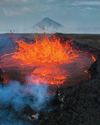
THE BRIGHT SIDE OF VOLCANIC ROCK
As a mineral resource, volcanic rock is decidedly short on glamour.
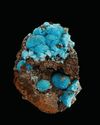
The Other Copper Minerals
12 Lesser-known Collectible Species

MINERAL COLLECTING -AND ROCK & GEM
Evolving Together FOR 54 YEARS
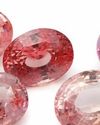
Gemstone Trends
A Look Back at 2024 & What to Expect in 2025
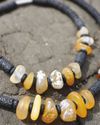
How to Make a GEM BEAD NECKLACE
No Lapidary Experience Needed!
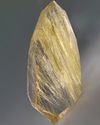
Framing Nature's Art
Faceting Rutilated Quartz for Beginners
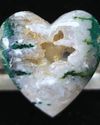
BEDAZZLED BLUE SEAM AGATE
More than several centuries ago, mining was the profession most often seen as befitting of men.
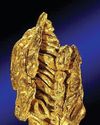
ROCK & GEM FIELD GUIDE:
Spinel is a captivating gemstone with a rich history of being mistaken for gems like ruby and sapphire.
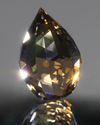
SNAKE SCALE DROP 1.5:1
This Faceting Focus is revisiting the briolette gemstone design because of its popularity with independent and hobby gemstone faceters.
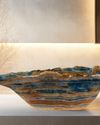
STONE CHIC
How Earth-Inspired Decor Brings Comfort to our Home